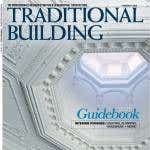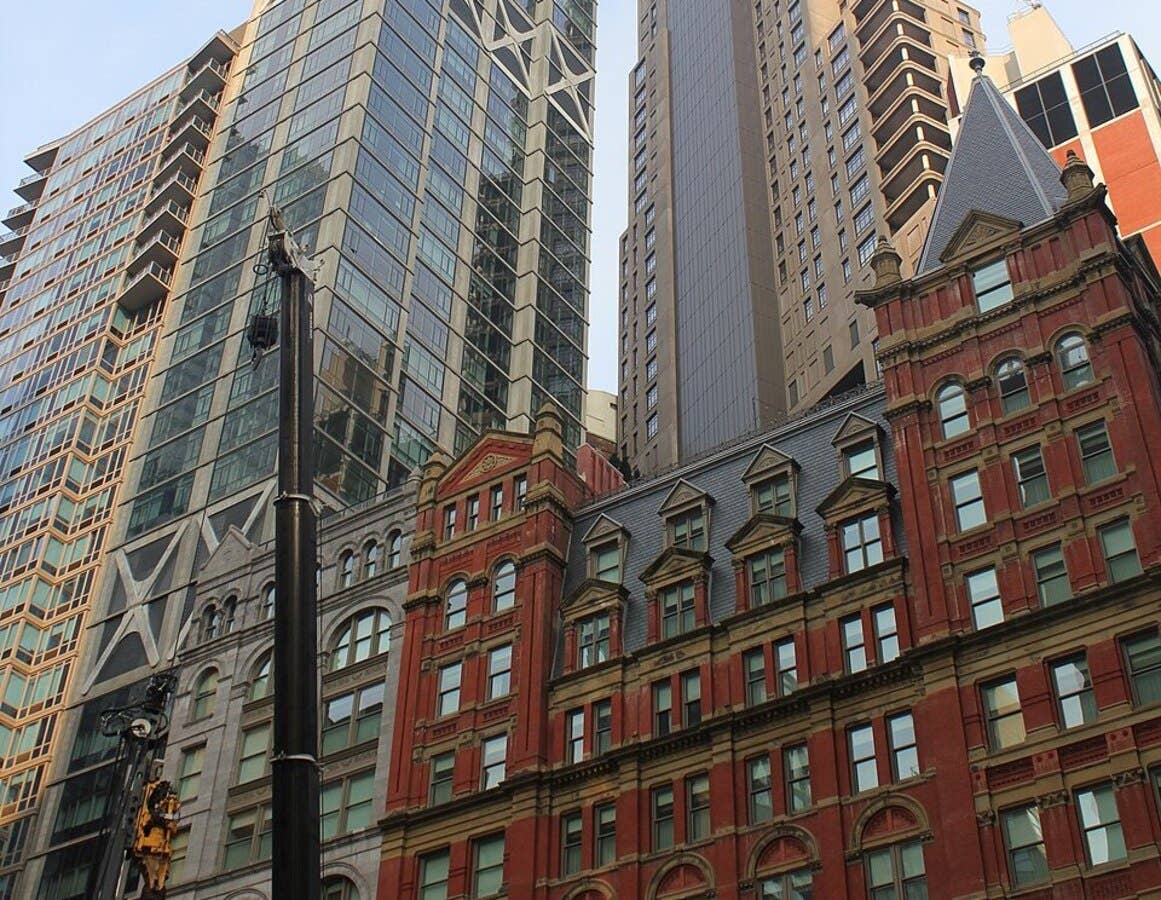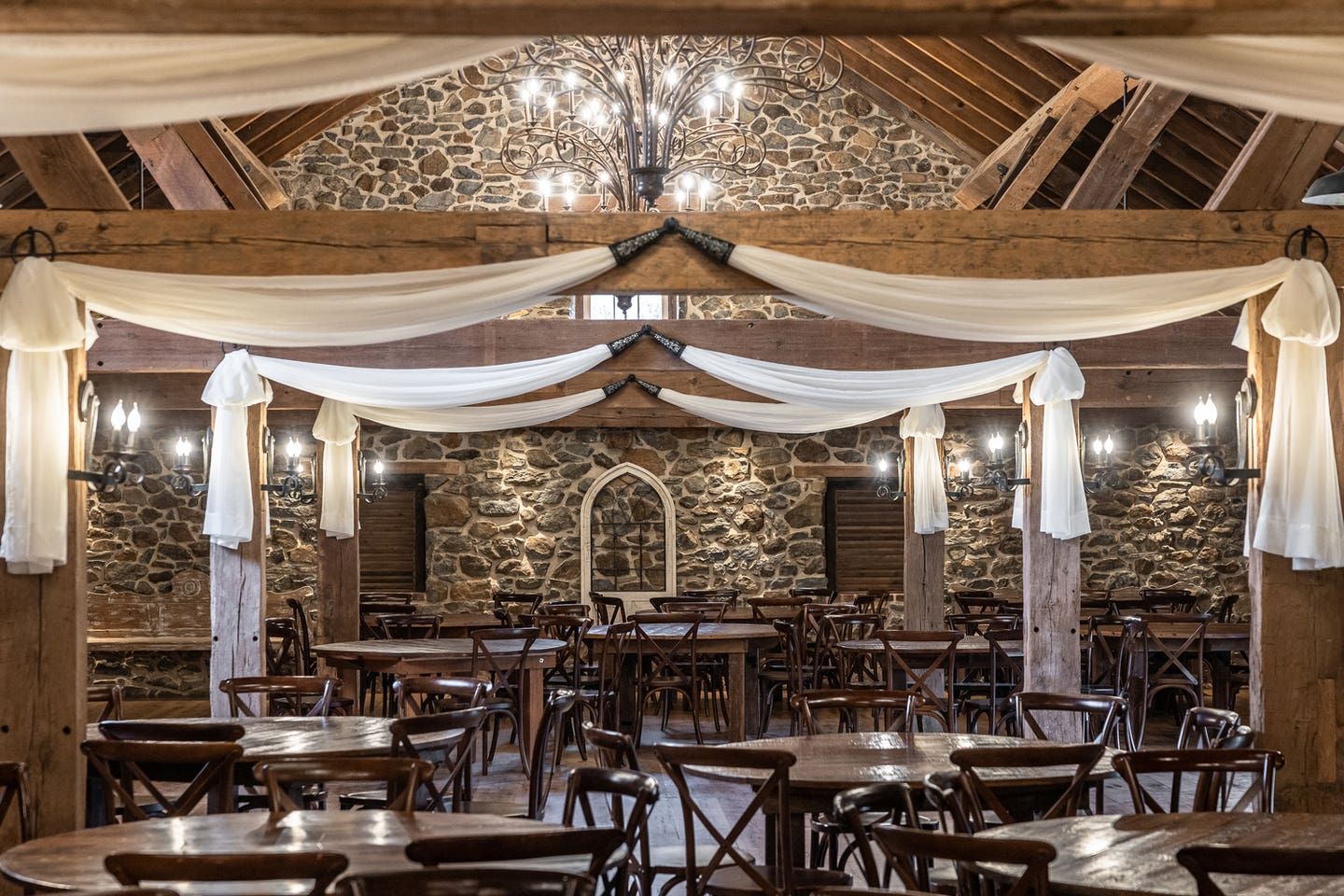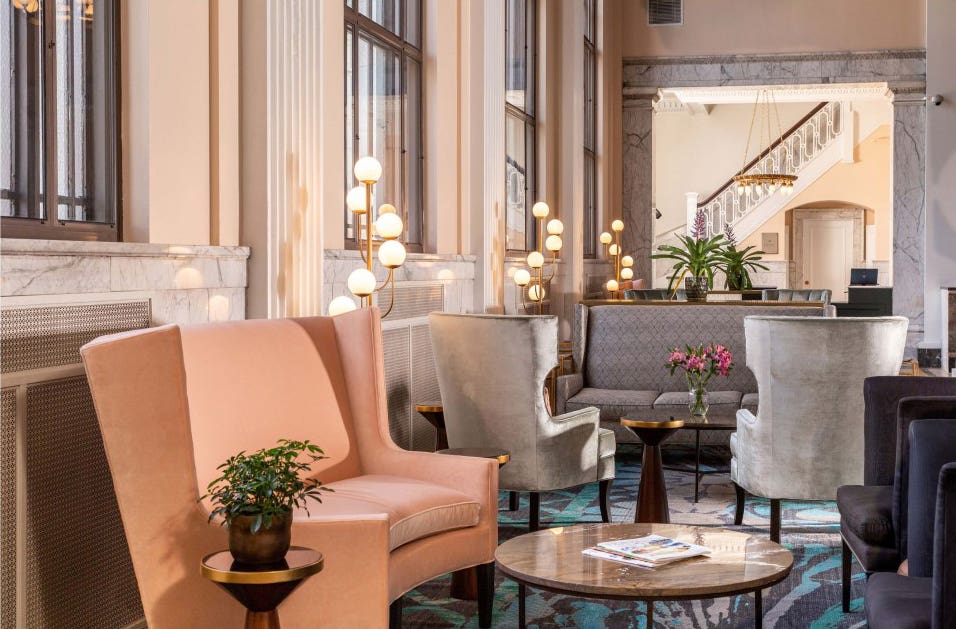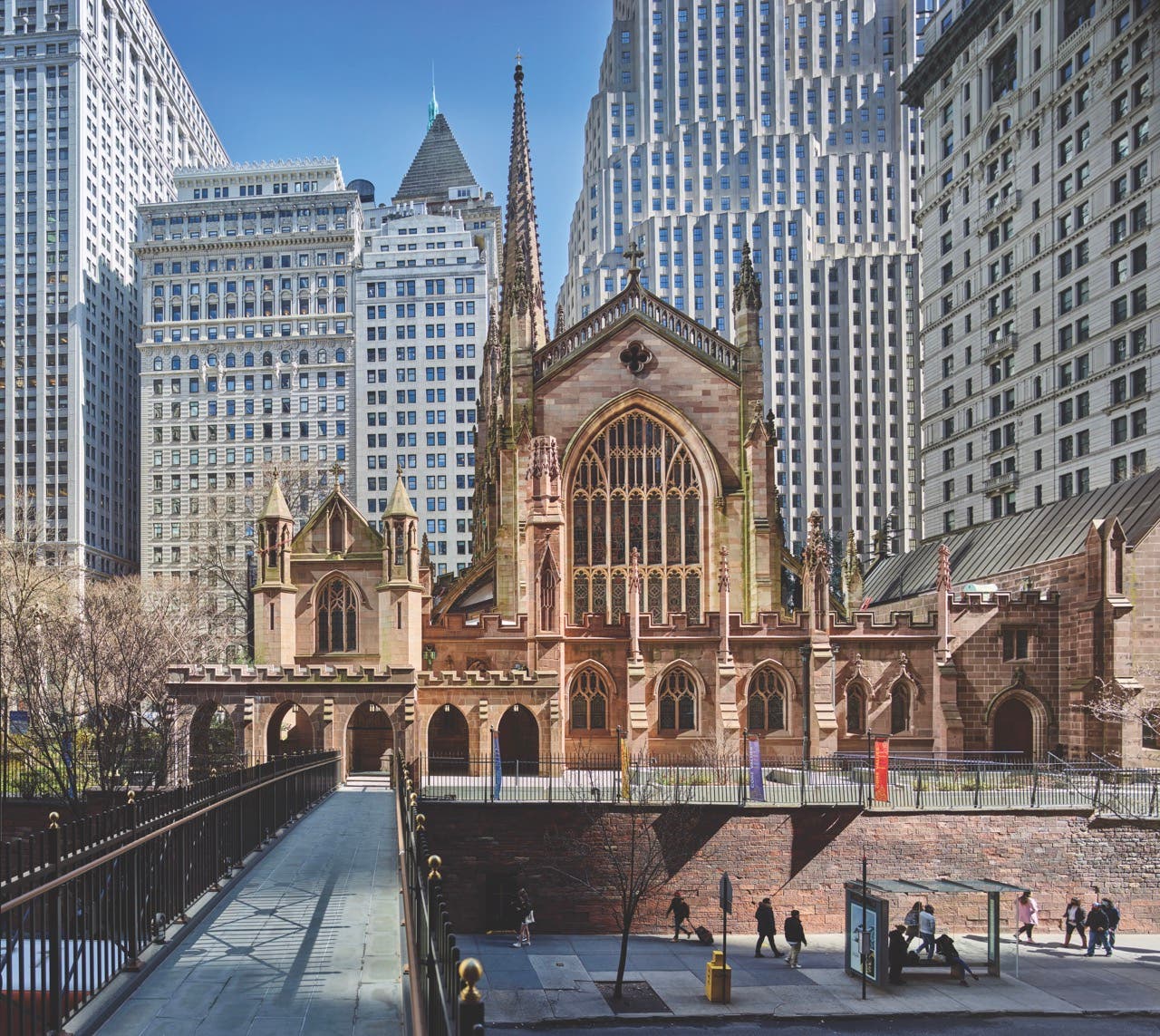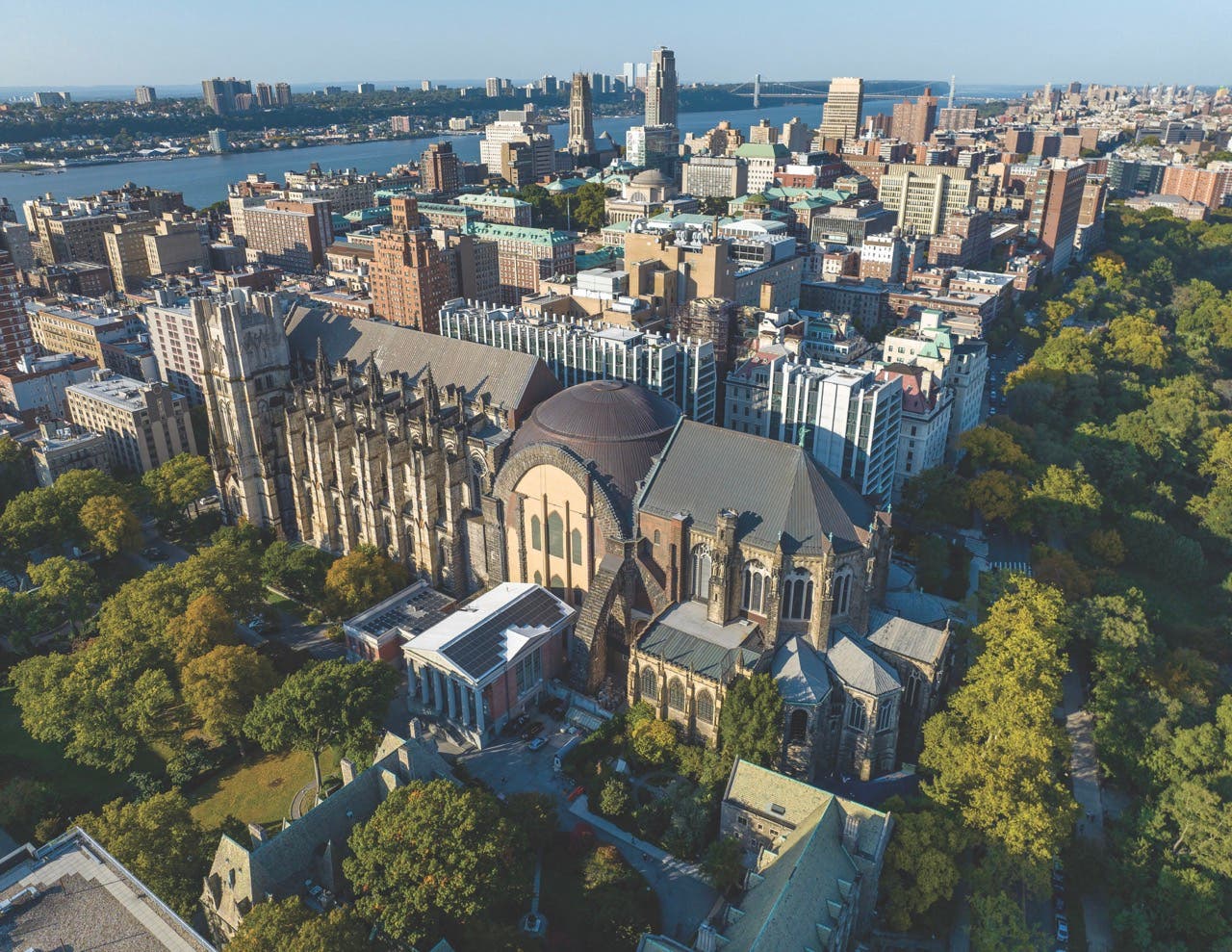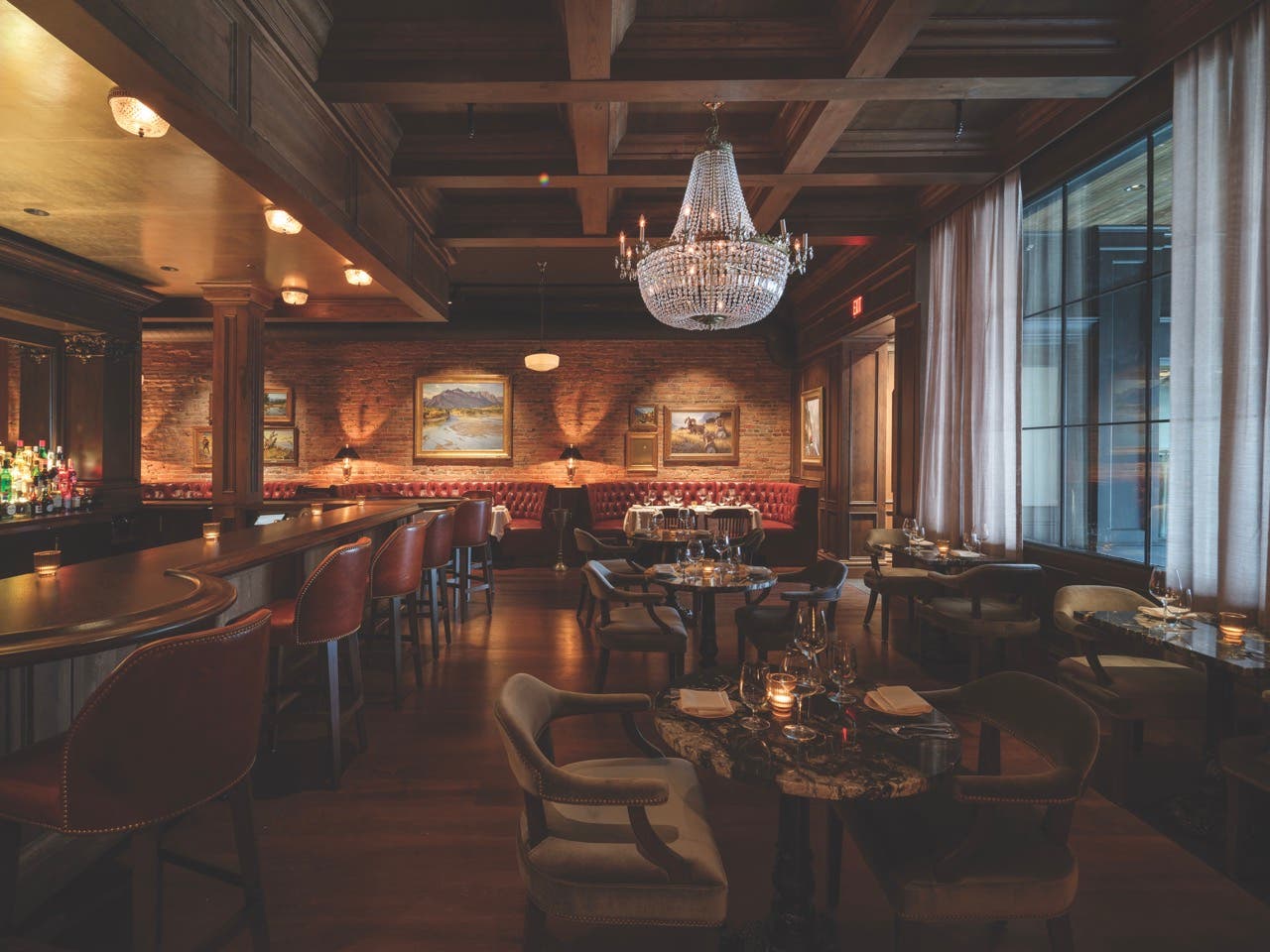Theaters
NYC’s Beacon Theatre is Restored by Beyer Blinder Belle
Project: Interior Restoration, Beacon Theatre, New York, NY
Architect: Beyer Blinder Belle Architects & Planners, New York, NY; Richard Metsky, AIA, LEED AP, partner; Christopher Cowan, AIA, LEED AP, associate partner
General Contractor: LEHR Construction Corp., New York, NY
By Hadiya Strasberg
In the 1920s and '30s, luxurious movie palaces were built throughout the United States. During the '20s, many theaters integrated vaudeville and live music into their programs to accompany silent films. By the late '20s, theaters were designed with talking pictures in mind. The Beacon Theatre in New York City was built during this transitional period, and its design is a rare amalgamation of silent and talking picture technology. A 2008-9 restoration of the theater preserves the changes made to the interior over time.
Building Conservation Associates, Inc. (BCA) of New York City discovered the Beacon Theatre's unusual history when the firm conducted an Historic Resources Report in 2007. Two architecture firms had a hand in the theater's early development: Chicago, IL-based architect Walter Ahlschlager, commissioned by theater impresario "Roxy" Rothafel, designed the original three-level theater in 1927, but before it was fully completed Warner Bros. took over the lease from Fox Theatre Corporation. Rapp & Rapp, also of Chicago, was hired to finish the building and carried out a $2-million restoration before opening in December, 1929.
When it came time to restore the theater almost 80 years later, New York City-based Beyer Blinder Belle Architects & Planners preserved both the Ahlschlager and Rapp & Rapp designs. "The theater is a combination of the two building campaigns," says Christopher Cowan, AIA, LEED AP, and associate partner at Beyer Blinder Belle. "Using the BCA report and a couple of floor plans of the original design, we were able get a fair understanding of the changes made during the Rapp and Rapp alterations. Also, since the theater had been designated a National and New York City Landmark, we felt it was mandatory to preserve the development and change in use of the theater over time, which essentially began with the first renovation in 1929."
The latest restoration of the theater – now a live performance venue owned by Madison Square Garden Entertainment (MSG) – was two-fold. Beyer Blinder Belle aimed to restore the interior historic fabric and upgrade outdated systems. "Overall, the theater had undergone few major alterations since 1929," says Cowan, "but the minor alterations, lack of maintenance, and general wear and tear had added up over the years to warrant this project."
The Beacon Theatre's interior was a shadow of its original glory. Almost all of the decorative painting and gilded finishes had been painted over, including a one-of-a-kind mural. Original plaster ornament was either missing or painted over and scagliola wainscoting in the grand foyer had been badly damaged and stained, or covered with mirrors. The marquee and signage had been replaced numerous times, as had the original auditorium seats and custom-patterned carpeting.
Some elements of the theater had suffered damage from inadequate or inappropriate maintenance. Water leaks from the 1970s badly damaged the balcony and the main theater ceilings. In addition, the patching and painting repair job was poor. Layers of dirt and smoke from cigarettes affected the wall and ceiling finishes.
Beyer Blinder Belle restored many elements of the Rapp & Rapp design, including the decorative painting, carpeting and auditorium seating, documented in black-and-white photographs. "The theater is a pastiche of styles on the interior," says Cowan, "including Greek, Roman, Renaissance, Rococo and Moorish. Each space is decorated in a different style, with unique finishes, to give theater patrons a special, exhilarating experience as they made their way from the entry foyer to the main house."
In some cases it was unclear whether the uncovered layer dated from 1927 or 1929. BCA and Beyer Blinder Belle had few drawings and photographs to go by. "We didn't have a lot of information on the original color scheme, for instance," says Cowan, "and the few photos we had were, of course, black and white. Of some aid were descriptions of the theater in news clippings from the time it opened so we presume the paint dates from 1929."
Instead of relying exclusively on photographs, Beyer Blinder Belle conducted extensive field testing of all surfaces. The firm worked with New York City-based EverGreene Architectural Arts to uncover remnants of the original finishes hidden behind up to 10 layers of non-original paint. "Using the found samples, we created numerous mock-ups to get the color and texture balances right," says Cowan.
For authenticity, Beyer Blinder Belle needed to trust the original architects and craftspeople.
"In some cases, the uncovered color and finish scheme was unexpected," says Cowan. "The walls in the grand foyer, for example, were found to be originally finished with a brown base paint and dark brown sponge finish over it with gold leafing and polychromatic details at the ornamental elements. It gave us pause and we were concerned that the spaces would be too dark. However, we decided to trust it, and everyone was pleased and relieved with the end result."
Once the color scheme was determined, other interiors were designed to coordinate. "We used the paint color scheme information to select drapery fabric and colors that would complement the interiors," says Cowan. "In this case, the historic black-and-white photographs proved instrumental in helping us find the original decorative seat casting pattern, carpet pattern, drapery styles, etc."
The elaborate plaster ornament and sculpture throughout the Beacon Theatre – including female warriors, Classical animal figures, Egyptian figures and a proscenium screen – had been painted over with flat gold paint. Creative Finishes Ltd. of New York City restored the gold leaf (and aluminum leaf in the case of the proscenium screen above the stage) and added various glazes to provide depth. The statues that were missing were replicated and all the sculpture was relocated to its original position according to historic images. Baltimore, MD-based Hayles & Howe, Inc. restored the ornamental and flat plaster in the theater, as well as the book-matched panels of scagliola in the lobby.
Murals served the same objective as the decorative painting and ornament. "We restored the murals in the auditorium, which depicted various scenes of Middle Eastern traders unloading goods off of galleons," says Cowan. A mural intended for the grand foyer, of a contrasting Classical-style pastoral scene, was re-created by New York City-based muralist Mason Nye. "We're not sure if the oil-on-canvas mural, originally designed by Rambusch Studios, was ever installed," says Cowan, "but we know it was intended for the location above the entrance doors in that room since we found a Rambusch advertisement from 1930 highlighting a mural designed for the 'Lobby of the Beacon Theatre, New York City.'"
While original lighting fixtures for the walls, ceilings and murals were still in place for the most part, missing ornamental elements and shades had to be re-created and fixtures needed to be rewired to restore the lighting scheme. New aisle lighting was installed for safety reasons, and a limited number of theatrical lighting fixtures were added in discrete locations.
Back-of-house interior spaces were also renovated. The dressing room finishes were updated, public and performer restrooms were restored with new plumbing and fixtures, and a new green room was added. "These areas were modernized but we selected color schemes that work well with the public spaces," says Cowan.
One room wasn't restored at all. Starting with the Rapp & Rapp renovation, the projection room had been renovated and expanded many times. "We decided to leave the projection room 'as is' as an artifact, to illustrate the numerous sweeping equipment changes through movie history," says Cowan.
One particularly challenging aspect of the project won't even be seen by patrons. That was the goal when Beyer Blinder Belle and the consulting engineers updated life-safety systems and new technology. Plumbing, electrical and HVAC systems were upgraded. A new sound system was installed, as were emergency lighting, fire alarm and security systems. "All the new systems needed to be threaded through and behind the historic spaces in order to let the historic interiors read as they did originally," says Cowan. "The majority of the new systems are hidden in floors, ceilings and side walls."
The Beacon Theatre restoration was completed in six months, opening in time for a Paul Simon concert in February 2009. "The intent of the movie palace was to provide a refuge from everyday life and an exciting experience through films," says Cowan. "The grandness and richness of the key interior spaces – the grand foyer, the intimate lobbies and the soaring auditorium – help reinforce that feeling of being transported to exciting places, especially during the Great Depression when most of these theaters were first constructed."
Now that the drama is restored, new audiences can enjoy a similar experience. TB


